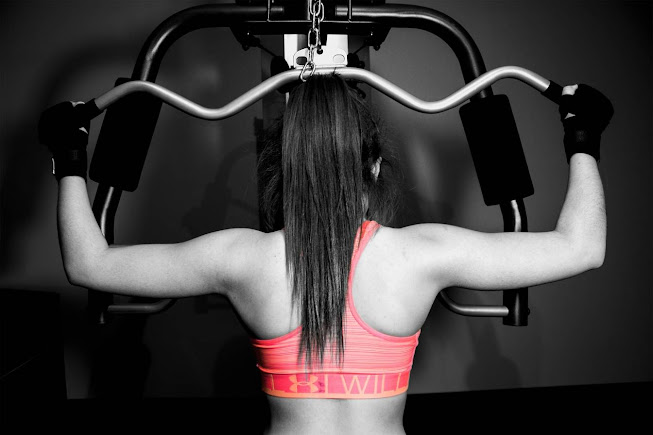1. Warm up properly
Warming up is
essential to prepare the muscles for the effort! This allows the muscles,
joints and tendons to be properly vascularized, which considerably reduces the
risk of injury.
Warming up the
cardio-respiratory system will also make it more enduring. A run or
cardio-training exercises lasting about ten minutes can be enough to warm up
properly.
2. Stretch regularly
Stretching aims to
relax the muscles. It is recommended to stretch away from training, i.e. 2
hours after a sports session. It can also be beneficial to stretch on a
regular basis. In this way, you also work on your flexibility and at the
same time prevent pain and injury. Plan 15 minutes of stretching 3 times a
week to loosen your muscles, if possible at the end of the day.
3. Be progressive
Straining the body beyond its limits during the first few sessions will have no other consequences than causing injury. Muscles must adapt to workouts at their own pace. So take it little by little. Gradually increase the intensity of your sessions and the volume of the exercises. You can consider increasing your goals by 10-20% each month.
4. Eat properly
Even if you put
yourself in sport to lose extra pounds, there is no question of submitting to a
drastic diet, on the contrary! The body needs energy to move, and it can
only get energy from the foods you give it. Care must be taken to adopt a
healthy and balanced diet. Your plate should contain fruits, vegetables,
grains, whole breads and pastas, legumes, lean meats, fatty fish and other
sources of good fat.
5. hydrate
sufficiently
Good hydration means
drinking at least 1.5 liters of water per day. During the practice of a
sporting activity, this water requirement increases. This is because the
body sweats, which accelerates the loss of water. It is essential to fill
this gap to prevent dehydration accentuating fatigue and promoting the
appearance of cramps. It is thus necessary to make sure to drink before,
during and after the effort.
6. equip yourself well
It is often not given much importance, but it is essential to choose the right equipment, especially shoes, during workouts in the gym. With the wrong pair of shoes, you can adopt a bad attack from the foot to the ground when running and increase the risk of injury (Achilles tendonitis, plantar fasciitis, sprain). Choose a pair that adapts to the intensity and frequency of your sessions as well as to your body type. Do not hesitate to talk to your physiotherapist, he can give you quality advice.
7. Have a good rest
Fatigue increases the
risk of injury. It is therefore important to let the body recover and get
enough sleep is the best way to achieve this. Massages are also excellent
for promoting recovery. You can then learn to self-massage by using a
massage stick or a tennis ball for example.



